THE WAR IN THE SKIES: HOW THE FIRST WORLD WAR CHANGED AVIATION
Reading time: 6 minutes
When the first world war broke out in 1914, flying was still in its infancy. It had been eleven years since the Wright brothers had taken to the skies in the first motorised flight. Very little had been done in advancing aviation since then. In the four years of war, however, the world saw aviation take major leaps forward, so much so that these advancements are still at the core of flying today.
By Jade McGee
The Early Eyes in The Sky
At the beginning of the war, the aeroplanes that took to the skies were rudimentary, to say the least. Open cockpits were normal, as was the lack of instruments and navigational aids. Getting lost was also commonplace, as pilots would navigate the skies often armed with nothing more than roadmaps or school atlases. The fundamental use of these early flights was gaining intel beyond enemy lines through reconnaissance mission. However, this wasn’t the first time aeroplanes were used in war. During the Italo-Turkish War in 1911, Italian monoplanes were used to bomb a Turkish camp in Libya.
Through the use of aeroplanes, both sides gained traction throughout the first year of the war. With the help of observation aircraft, the Allies were able to stop the German invasion of France in its tracks. German attacks were often thwarted and the Allies had an extra edge during battles. During the First Battle of Marne, for example, Allied reconnaissance aircraft found exposed flanks in the German lines. This ultimately allowed the Allies to take advantage of these weak points and overthrow the Germans. The success of aeroplanes for their enemies caused Germany to shift away from their rigid Zeppelin airships, towards aeroplanes.
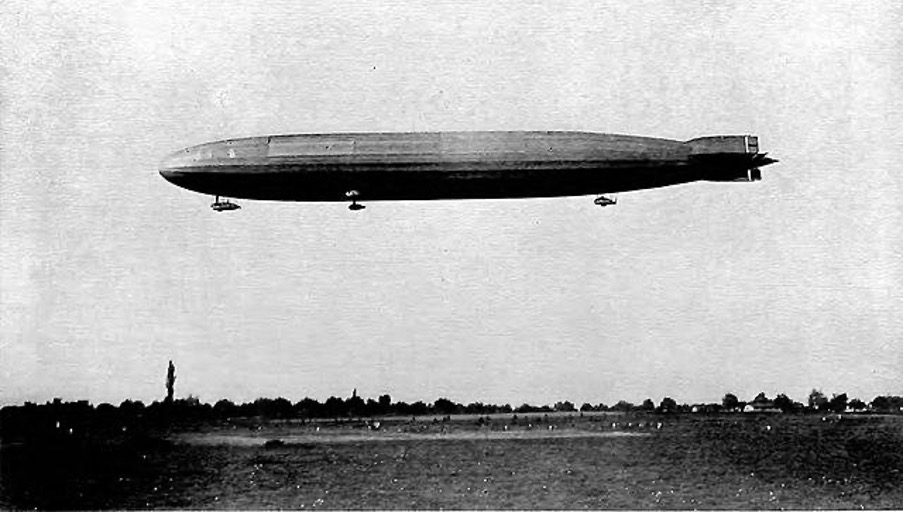
Unfortunately, the great success of air reconnaissance and the advantages they offered led to one thing – the shooting down of aeroplanes. Ground to air fire was rife, leading to several casualties. At this point, however, ground troops had no way of identifying enemy planes, so they often just shot at anything that flew past.
Despite these rudimentary tactics, the use of planes began to significantly affect the way the war was fought. New strategies were developed, mainly encompassing increasing the role of aviation in the war.
As 1914 drew to a close, bombing and air raids were already underway, along with the development of fighter planes.
The Rise of Air Combat
The last few months of the first year of WW1 saw the need for better, weaponised aircraft increase. September 1914 saw the first aeroplane taken down by another when a Russian aeroplane, piloted by Pyotr Nesterov, rammed into an Austrian reconnaissance aircraft. A month later, French pilot, Louis Quenault, shot down a German plane using a machine gun, ultimately fueling the development of fighter planes.
1915 saw the world’s very first operational fighter aircraft, the Vickers F.B. 5. The French soon followed suit, equipping their planes, like the MoS-3 and MoS-5 C1, with machine guns. These planes were unique, as their engines and propellers were behind the pilot, facing backwards. The machine guns were thus placed on the front of the plane, allowing them to fire forward. Pilots could also reload and clear the gun in flight. While the F.B 5 was a technological revelation, there were some drawbacks. They were much slower than other planes, with the pusher propeller being less efficient.
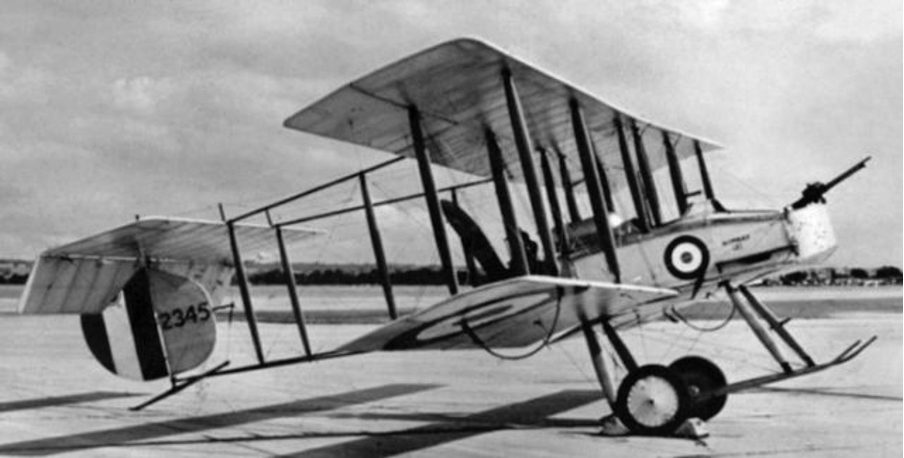
Soon after, the German Air Service introduced their fighter aircraft, the Fokker E.I. This fighter plane was equipped with a ‘synchronisation gear’ which was highly advanced. The gear allowed a machine gun to fire through the arc of the propellor without hitting its blades. The Fokker E.I. and its successors, known as the Eindecker, resulted in a period of German air superiority known as the Fokker Scourge.
The shift in air superiority led to the development of newer, better aircraft, with each side trying to outsmart the other. The British and French quickly developed smaller, faster planes that matched the Fokker Eindecker fleets. Soon, the Allies would take back the skies, dominating their enemies during the Battle of the Somme. However, air superiority would shift between the Allied and Central powers for the rest of the war.
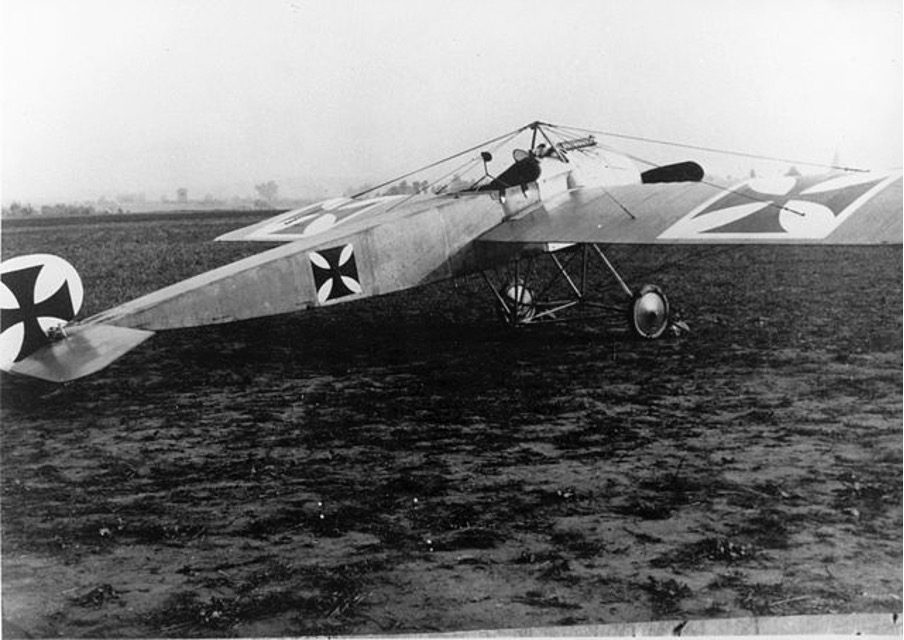
The Long-Lasting Effects
This aircraft fighter race and the constant shift in air superiority foreshadowed the Cold War’s Space race. However, it also showed the world the key roles of airpower – reconnaissance, mobility, air control and striking ability. All these are still prevalent in modern military strategy today.
The evolution of aeroplanes during WW1 also resulted in the advancement of other technologies. Mail routes had been opened and all was set for transoceanic travel for leisure, creating the airline industry.
However, the world first would see its first aircraft carrier commissioned for war, its subsequent evolution, and the role it played during the second world war. The bombings and air raids that coincided with these developments, along with the advancements in physics, also led to the use of nuclear warfare during WW2.

The developments in aviation continued to snowball, however, as faster, more advanced aircraft were produced. Instead of decade long developments, the world saw advancements in aviation skyrocketing. In 1947, just two years after WW2, American pilot, Chuck Yeager broke the sound barrier, a feat many deemed impossible. The subsequent result was the need to not only go faster but higher, setting the world’s sights on space travel.
Space travel remains in the sights of many today, but aviation in war has taken a slightly different turn. While fighter pilots and planes still exist, many reconnaissance missions and other especially dangerous missions are handled by drones. This was especially the case during the wars in Afghanistan and Iraq, saving the lives of many pilots.
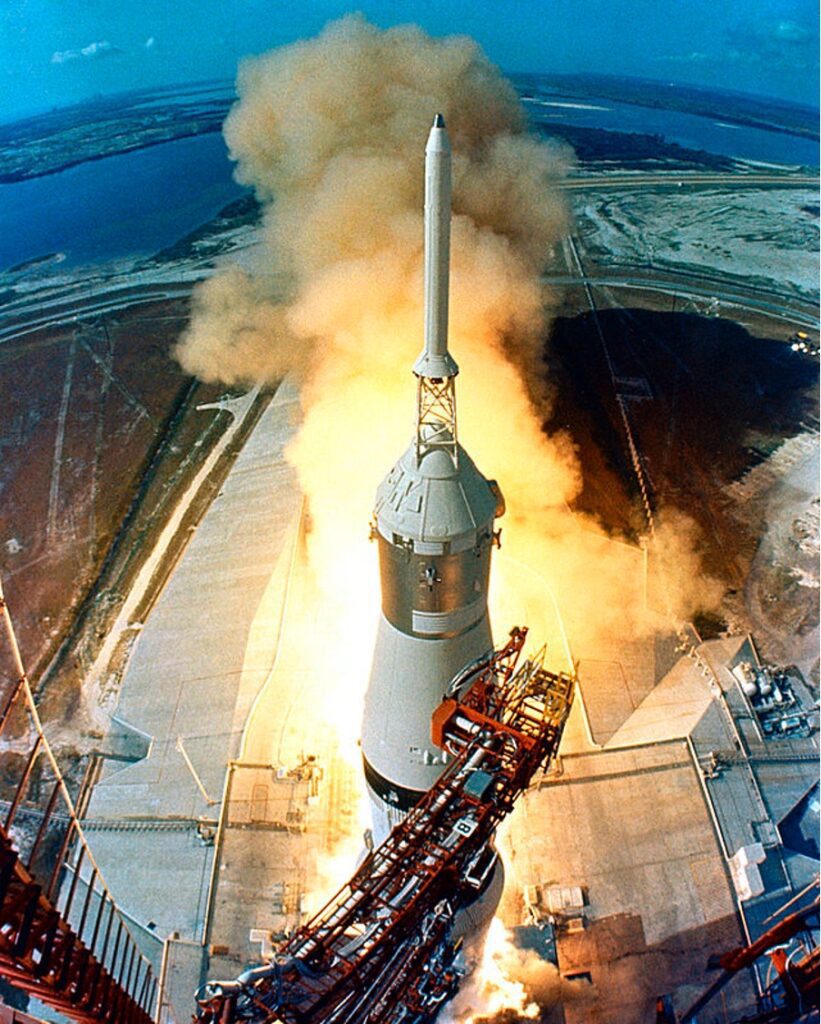
Conclusion
The shift in warfare tactics and the need to dominate the skies during world war one sped up the evolution of aeroplanes, changing aviation forever.
The changes in aircraft and other military technologies would go on to affect several aspects of the second world war. They would also result in the creation of the airline industry and air travel leisure. Eventually, it led to the Cold War’s Space Race and the development of spacecraft.
Ultimately, the leaps made in aviation during WW1 paved the way for the world we know today.
Podcasts on this topic
Articles you may also like
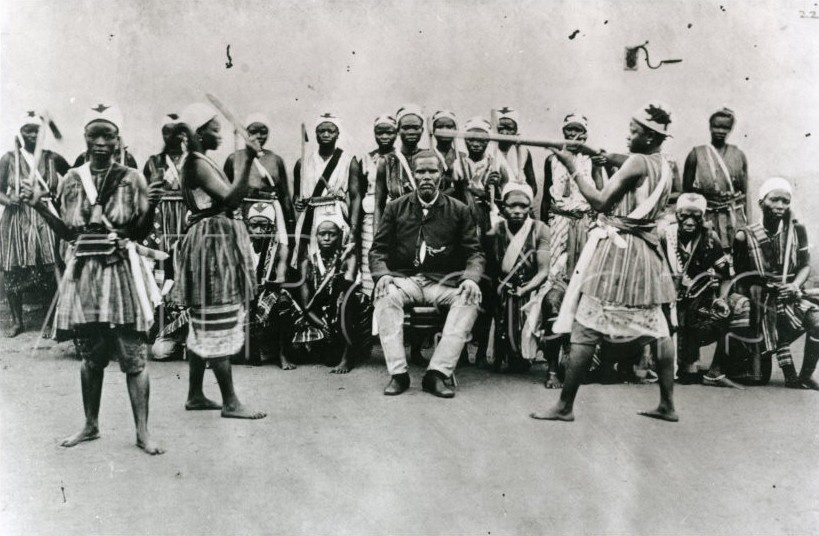
The Woman King is more than an action movie – it shines a light on the women warriors of Benin
Reading time: 6 minutes
The Woman King is a big-budget Hollywood movie that has been anticipated since 2018, when US star Viola Davis was announced as the lead in the story of the “amazons” of Dahomey. Rising South African star Thuso Mbedu also takes a key role in the film, which has premiered at the Toronto International Film Festival and is heading to cinemas worldwide.
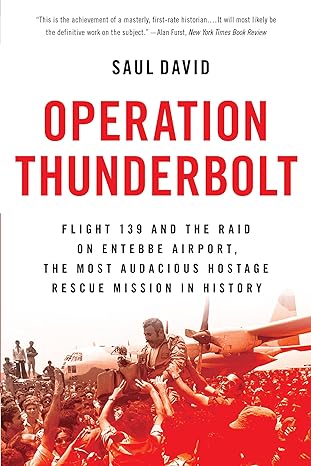
OPERATION THUNDERBOLT – BOOK REVIEW
“Operation Thunderbolt: Flight 139 and the Raid on Entebbe Airport, The Most Audacious Hostage Rescue Mission in History” – the definitive account of one of the greatest Special Forces missions ever, the Raid of Entebbe, by acclaimed military historian Saul David.
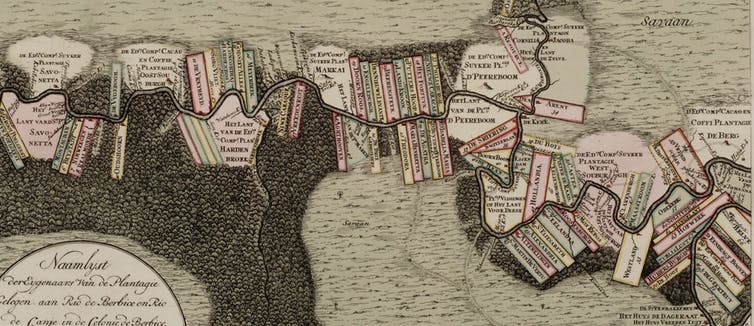
Reckoning with slavery: What a revolt’s archives tell us about who owns the past
Reading time: 6 minutes
During the revolt, former slaves organized a government and controlled most of the colony for almost a year. The Dutch either fled altogether or holed up on a well-fortified sugar plantation near the coast. A regiment of European soldiers sent from neighboring Suriname mutinied and joined the rebels they had come to defeat. But obligated by treaties, indigenous peoples such as Carib and Arawak fought on the side of the Dutch. The revolt ended when the rebels, out of food and arms, were overpowered by enemies who had received an infusion of men and supplies from the Dutch Republic.
The text of this article was commissioned by History Guild as part of our work to improve historical literacy. If you would like to reproduce it please get in touch via this form.

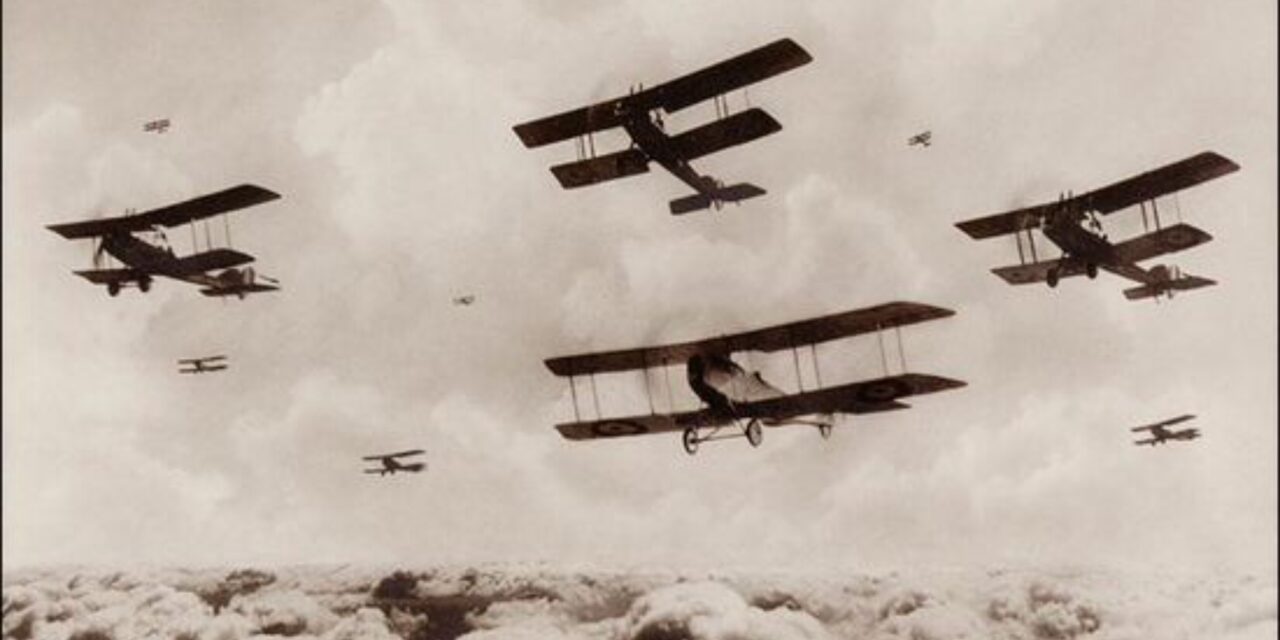

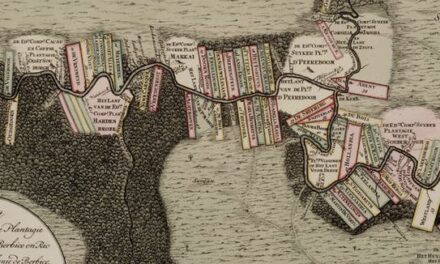

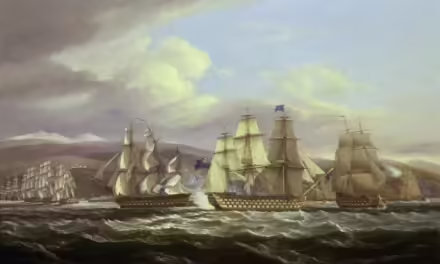
Trackbacks/Pingbacks